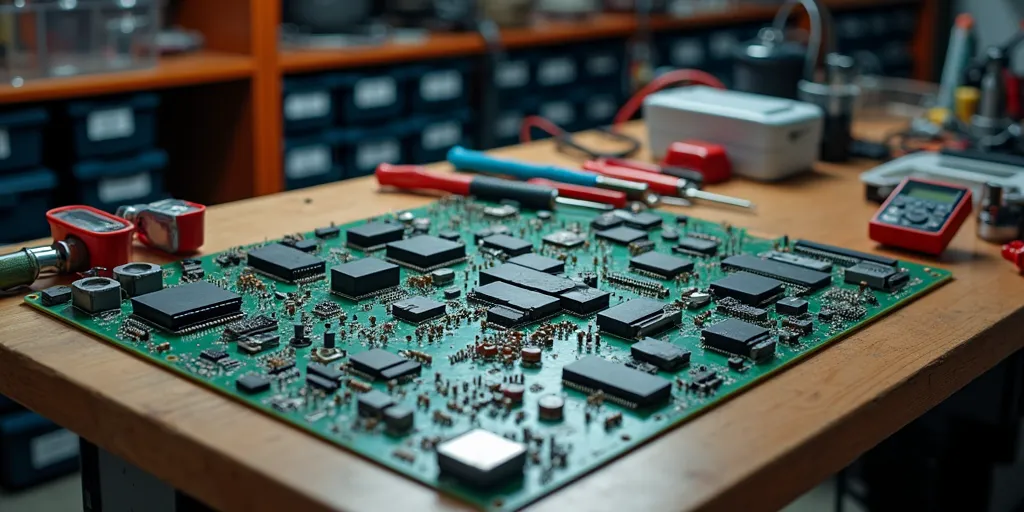-
Shopping Tools
-
Care & Maintenance
-
About
-
Dealer Login

Curious how a “speed chip” boosts a golf cart’s pace? Here’s what it is, how it works, why owners install one, and the trade-offs to consider before upgrading.
A speed chip is a small device—or a software setting—used to modify the behavior of a cart’s speed controller. From the factory, most controllers impose a top-speed limit to protect the motor, drivetrain, and batteries. A speed chip (or reprogramming key) raises that limit by changing how the controller interprets throttle input, current limits, field weakening, and regenerative braking thresholds. Some older platforms use a literal plug-in “chip;” newer systems often rely on a programming tool or code that writes new parameters to the controller.
Controllers govern speed by limiting current and motor rpm. A speed chip or tune typically:
On older dc systems, the “chip” may simply tell the controller to use a more permissive speed profile. On modern ac platforms, gains often come via software programming rather than a physical module.
Will a speed chip always make my cart faster?
Only if the motor and controller have headroom. On tired batteries or restricted wiring, results can be minimal until the underlying issues are fixed.
How much speed can I expect?
Modest increases (a few mph) are common on stock hardware. Larger gains usually require a matched package: controller, cables, possibly motor and gearing.
Is it reversible?
Physical chips can often be removed; software tunes can usually be flashed back to stock if you saved the original profile.
A speed chip lifts the controller’s top-speed and current limits to let a golf cart run faster—but only safely when the rest of the system is ready. Start with battery health, wiring, brakes, and tires; then choose a platform-appropriate tune and verify heat, range, and stopping distance. With a measured approach, you’ll enjoy smoother, quicker travel without compromising reliability.
